Introduction to Sedum and Household Pets
As green thumbs the world over turn their living spaces into lush sanctuaries, sedum plants have rooted themselves firmly as a home garden favorite. Known for their hardiness and unique aesthetic, these succulent beauties come in a variety of shapes, shades, and sizes. Yet, nestled among their fleshy leaves lies a question that pet parents often ponder: Are these popular plants perilous to our precious purrers?
Imagine this: You’ve meticulously selected the perfect sunlit spot, and your sedum – with its vibrant, star-shaped blooms – is thriving. In the midst of your admiration, along comes your curious kitty, enticed by the plant’s texture and perhaps contemplating a nibble. As heartwarming as this scene may seem, it prompts a crucial consideration for any responsible cat owner—we must prioritize our feline friends’ safety regarding potential sedum sampling.
Thankfully, while plant and pet harmony is the goal, sedum plants are generally known to be non-toxic to cats. This means they’re typically safe to have in a home shared with whiskered wanderers. However, not all sedums are created equal. It’s wise to deepen your understanding, as nuances exist within the vast variety of succulents. For garden aficionados eager to cultivate a cat-friendly green space, acquiring in-depth knowledge becomes pivotal.
Demonstrating the popularity of sedum, the internet is abloom with content to help you both protect your pets and promote your plants’ vitality. To shed some light on caring for these trendy succulents while ensuring your cat’s safety, we’ve found a helpful resource that digs into the details: Check out this essential guide that delves into the perfect care routine for your sedums.
No one wants their green oasis to turn into a feline faux pas. To help visualize best practices for a pet-safe environment featuring sedums, we’ve included an informative video below. This visual guide will bring peace of mind while you cultivate your cat-friendly and botanically bountiful abode.
Understanding Sedum: A Plant Profile
Fascination can strike our feline friends in the most unexpected ways, and the diverse world of Sedum plants, with their enticing textures and forms, is no exception. So, let’s jump into the greenery and find out what makes these species so compelling and whether they pose any risk to our curious kitties.
Meet the Sedum, commonly known by the enchanting moniker ‘Stonecrop.’ This family of succulents boasts a versatility fit for a royal garden, thriving in arid conditions with a resilience that other plants might envy. The fleshy leaves vary dramatically across species, from the plump and rounded to the slender and pointed, often forming mesmerizing patterns that can catch the eye of a passing cat—or human!
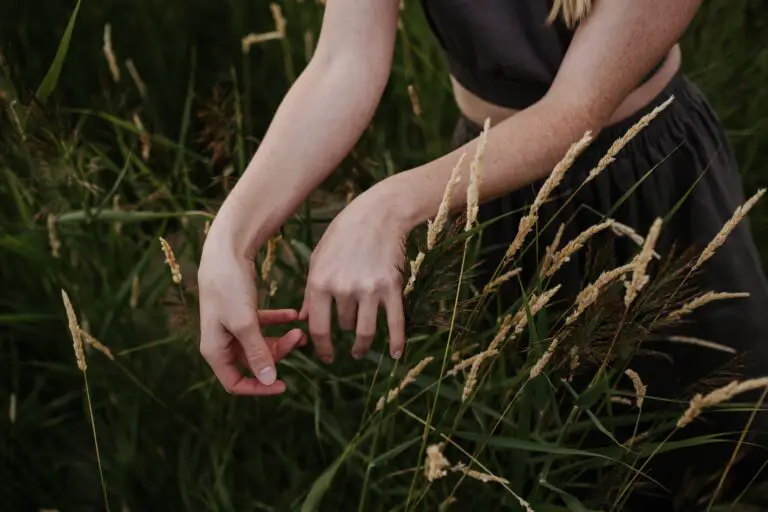
It’s not uncommon to see these plump leaves shimmering with a dew-like glaze, an aesthetic that could very well lead our feline friends on a mischievous investigation with their paws and whiskers. Sedums come in a range of alluring hues, from deep emerald greens to blush pinks, further broadening their appeal. The sheer diversity within the Sedum family means there’s always a new texture or shape to discover, potentially turning your garden into a sensory playground for your cat.
And why do cats find them so appealing? It might be the soft, inviting texture of the leaves that tempts them to take a nibble or the way the light plays off the shiny surface, creating a twinkle that stirs their hunter’s instincts. Real-life examples include cats that have been spotted lounging amidst the thick carpets of ground-hugging Sedums or playfully batting at the taller, erect varieties as if they were feline-sized jungle gyms.
At this point, a vigilant pet owner might wonder about the safety of such interactions. The quirky charm of Sedums need not be a forbidden pleasure for your pet; however, discernment is key when introducing any plant into a pet-friendly home.
Common Names and Characteristics of Sedum That Might Attract Cats
Let’s get familiar with some common names you’ll hear in the Sedum circle: ‘Autumn Joy,’ ‘Dragon’s Blood,’ ‘Gold Moss,’ and ‘Cape Blanco.’ These names themselves suggest an exotic allure that may intrigue the whiskered explorer in your home. The ‘Autumn Joy’ variety, with its stout stems and broccoli-like flower heads, has been known to serve as an impromptu cat perch. The ‘Dragon’s Blood,’ with its mythical name, features red-tinged leaves that could easily be part of a cat’s vibrant dreamland.
Beyond their visual and tactile appeal, some Sedums are known for their ability to withstand the rough-and-tumble love they might receive from a playful cat. They’re not delicate darlings of the plant world; many can rebound from a little feline frolic, making them suitable companions for a pet-filled home.
Sedum and Cats: Deciphering The Toxicity Levels
When it comes to our whiskered companions, even the greenery gracing our gardens can be a cause for concern. Curious cats and sedum plants might not always mix well, so let’s dive into what you need to know about these succulents and your feline friend!
First off, it’s essential to understand that while sedum plants, also known as stonecrop, have a reputation for being low-maintenance and drought-resistant, some species may present a potential risk to cats if ingested. Though not all sedum varieties are toxic to cats, it’s better to be safe than sorry.
So, what do you do when you catch your kitty in a stare-down with your sedum? The reality is that the toxin levels in sedums can vary. Some can cause mild digestive upset, while others might lead to more severe reactions. In truth, the juicy leaves that look so tempting to your cat could end up being a snack they regret.
We all know cats are natural explorers, and sometimes that means they nibble on a leaf or two. Take Whiskers, for example, the tabby next door who couldn’t resist a taste of that sedum plant, only to spend the rest of the night feeling less than purr-fect. It’s stories like these that remind us why it’s crucial to keep a watchful eye on our greenery.
Remember, though, it’s not just about the leaves. The stems and flowers of sedum plants can also harbor compounds that might not sit well with Mittens’ tummy. If you’re planting sedum, consider placing them out of paws’ reach or choose cat-friendly alternatives instead.
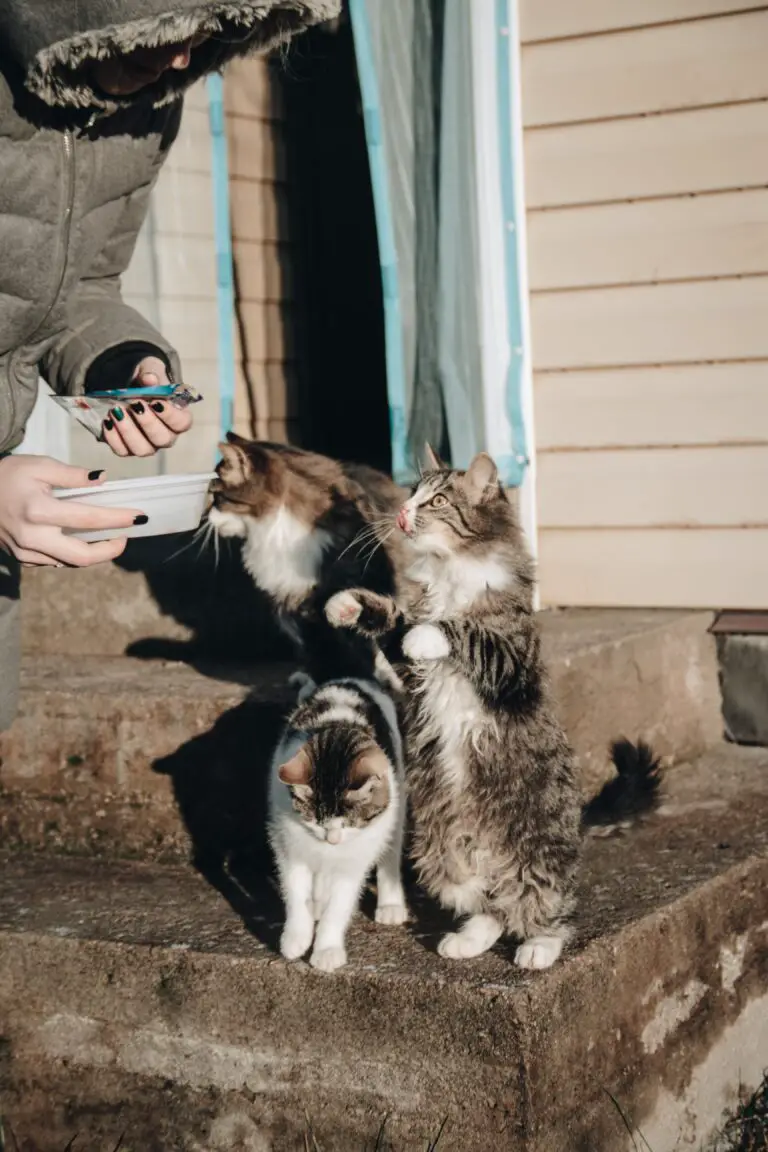
Stay informed, stay vigilant, and keep your feline’s curiosity in check when it comes to these succulent plants. Your furry friend’s health and your peace of mind are worth it. Happy gardening, and here’s to keeping all nine of your kitty’s lives as safe as can be!
Clinical Symptoms: When Cats Interact with Sedum
For many cat parents, the joy of owning both feline friends 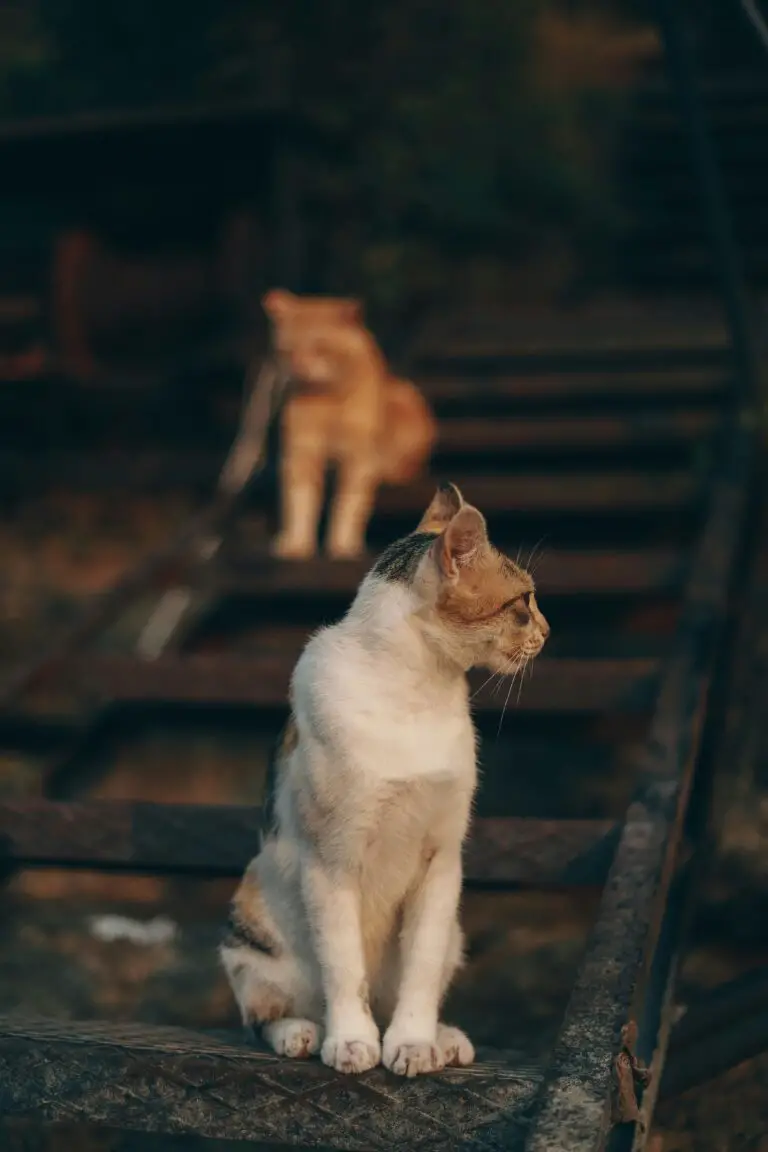 and lovely greenery like sedum plants is a double delight. But it’s crucial to stay informed on the potential risks to our furry pals. Cat owners should be aware of what to look out for if their cat nibbles on a sedum, as some varieties may not be as benign as they seem.
and lovely greenery like sedum plants is a double delight. But it’s crucial to stay informed on the potential risks to our furry pals. Cat owners should be aware of what to look out for if their cat nibbles on a sedum, as some varieties may not be as benign as they seem.
Understanding the signs of sedum poisoning is key for cat guardians. These symptoms can range from mild to severe and often appear soon after ingestion. A typical reaction might include gastrointestinal discomfort, resulting in vomiting or diarrhea. Some cats might drool excessively or paw at their mouths if experiencing nausea. Although not all sedum species are toxic, it is better to err on the side of caution and monitor your pet closely.
Real-life examples abound where keen observation has made all the difference. Take, for instance, a curious kitty named Whiskers who developed a sudden penchant for garden greens. Within an hour of chewing on a sedum leaf, Whiskers began to seem unusually lethargic and showed less interest in food—an early warning sign not to be ignored. Prompt attention and a visit to the vet helped Whiskers avoid any serious consequences of his garden exploration.
However, time is of the essence. Rapid detection and treatment can help ensure that any unpleasant effects are short-lived and non-threatening. Should you observe your cat displaying unusual behavior after interacting with a sedum plant, seek veterinary guidance without delay. For more detailed information on how to keep your furry companions safe around houseplants, check out this insightful article on the toxicity of crassula plants for pets.
Immediate Actions: What to Do If Your Cat Ingests Sedum
As a cat owner, it’s essential to stay vigilant about the plants that decorate your space. If you find your feline friend chomping on a sedum plant, your response can be crucial. Let’s break down the procedures to follow for protecting your kitty’s well-being.
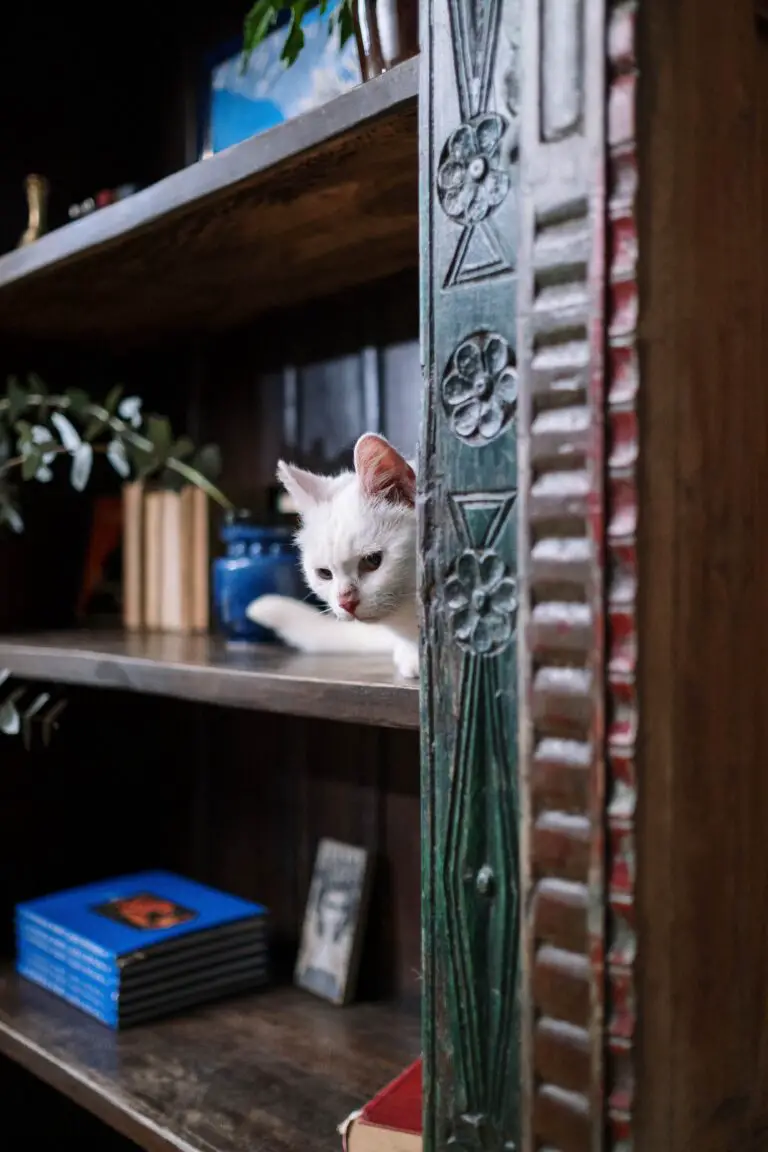
Quick Identification: First things first, confirm your cat has indeed ingested sedum. These plants have distinctive succulent leaves, which may be seen in the remnants of your pet’s misadventure.
Remain Calm: Keep a level head. Cats are curious by nature and may not realize the potential harm. A stressed pet can become more anxious if they sense your worry.
Monitor: Observe your cat for any signs of distress such as vomiting, diarrhea, or lethargy. Jot down what you notice; it could be vital information for the vet.
Cleanup: Remove any plant debris from your cat’s reach. This helps prevent further ingestion and aids in keeping the area free from contaminants.
Consult the Vet: When in doubt, reach out to your vet. They can offer specific advice or may recommend a visit. Understanding the potential risks associated with plant ingestion can spare you and your furry companion from future episodes.
Preventative Measures: Prevention is better than cure. Consider keeping sedum and other potentially hazardous plants out of paw’s reach or opting for pet-friendly greenery.
Remember, quick and informed action can make all the difference in ensuring your cat’s safety. Stay educated about the plants you bring into your home, and always have a plan for these little mishaps.
Veterinary Intervention: Treating Sedum Poisoning in Cats
The perils of sedum toxicity in cats can be unsettling for any pet parent, but knowledge is power when it comes to handling such emergencies. If your whiskered companion has taken a nibble of the wrong greenery, swift veterinary care is essential. Let’s talk about the red flags to watch for and the steps your vet might take to get your furball back on all four paws.
First, it’s crucial to recognize the signs of sedum poisoning. Drooling, vomiting, or diarrhea are common distress signals. If Mr. Whiskers exhibits these symptoms with a backdrop of recent sedum exposure, hive five to your instincts and high-tail it to the vet—it’s game time for professional intervention.
At the veterinary hospital, the doc will whip out all the moves to stabilize your little tiger. Blood work and urinalysis may be queued up to gauge the extent of the toxicity. Intravenous fluids could be on the menu, hydrating Kitty to help flush out the toxins. An activated charcoal concoction might be the next course, working like a charm to absorb any remnants of the pesky plant. And for those extra queasy kitties, anti-nausea medication or appetite stimulants can transform a nauseated furball back into a purring, eating machine.
Not all heroes wear capes, and your vet’s toolkit is packed with more than just potions and pills. Keeping Whiskers under observation is key—the vet’s hawk-like vigilance ensures any curveballs in Kitty’s condition are caught early. And let’s not forget about ‘paw’-rental care! The doc will arm you with all the info you need, from monitoring tips to possible dietary tweaks, ensuring the road to recovery is as smooth as a kitten’s fur.
Remember, each cat’s saga is unique, and Mr. Whiskers’ adventure through sedum detox might have twists and turns. It’s about teamwork—a dynamic duo of vigilant vet and caring cat owner, all for the love of our feline friends.
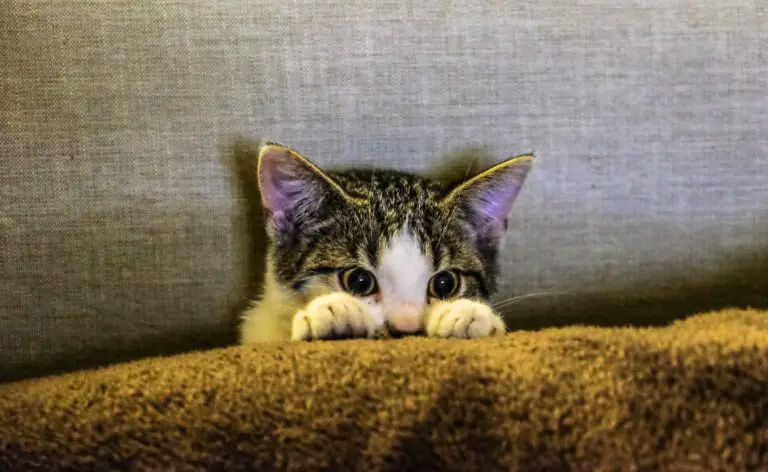
Preventive Measures: Keeping Cats Safe from Sedum
As a pet parent, ensuring the safety of your furry companions is a top priority, especially when it comes to the plants that decorate your living space. Sedum, although an attractive succulent, can be a concern for those of us with playful felines who explore with their paws and mouths. But fear not, with a few clever strategies, you can harmonize your love for greenery with the wellbeing of your whiskered friend!
Firstly, consider the power of placement. Cats are known for their acrobatic abilities, but there are still places in your home they are less likely to explore. Elevating plants to higher shelves, or investing in some chic hanging planters, can put your sedum out of reach. Remember Simba from the neighbor’s cat that kept knocking over the vase? Ever since it was moved to that high bookshelf, not a single paw has disrupted its tranquility.
Another effective tactic is to create a diversion. Cats love to play, so why not provide them with an array of engaging toys or a dedicated cat grass garden? This way, their attention is directed away from your precious plants. Think of it as the cat version of a decoy operation. And it’s a win-win: your cat gets extra stimulation, and your sedum remains unchewed.
It’s also worth considering the use of safe deterrents. A light sprinkle of citrus peels around your plants can work wonders; cats generally dislike the smell. There’s also the option of non-toxic sprays that can deter your cat without harming the plant. Jane from down the street swears by her homemade lemon and eucalyptus concoction, and her garden is a lush, cat-free zone. To learn more about keeping your inquisitive companions safely away from your plants, discover helpful tips here.
Fences are not just for the outdoors; small decorative barriers can add an aesthetic touch to your indoor garden while serving as a physical reminder for your cat that these green beauties are not for playing. Imagine a tiny picket fence around your sedum—the cuteness factor is undeniable, and it’s effective!
Lastly, let’s not forget continual education and reinforcement. Cats are intelligent creatures capable of learning what’s off-limits. A gentle, consistent ‘no’ when they show interest in your plants can go a long way. Combine this with positive reinforcement when they obey, and you’ll have a feline that respects your green friends.
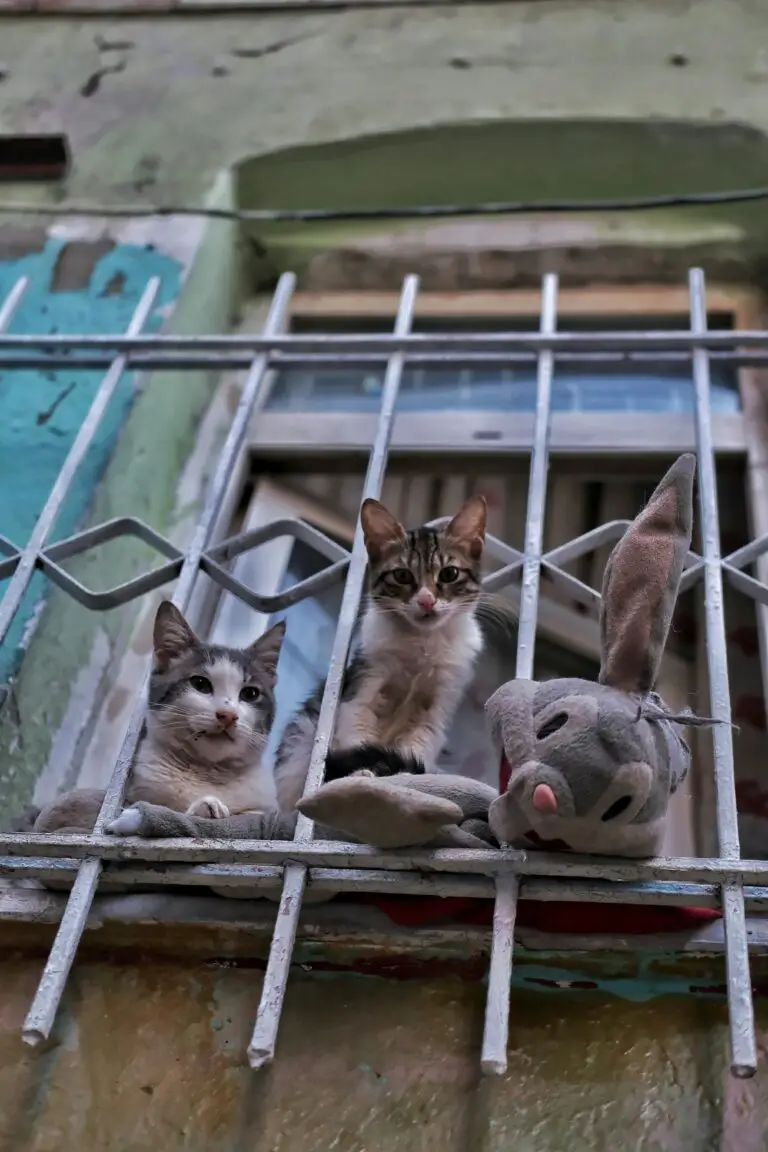
Implementing these preventive measures will ensure your sedum and cat can coexist in harmony. It’s all about being proactive and creating an environment that naturally discourages your cat from getting too curious about your plants. With the right approach, your home can be a safe haven for all, leafy and furry alike!
Alternatives to Sedum: Cat-Friendly Plant Options
As a conscious cat parent, you may admire the rugged beauty of sedum plants yet worry about the potential risks they pose to your whiskered companions. But fear not—there is a whole world of lush, enticing flora that promises safety for our agile friends. Let’s delve into some captivating botanical alternatives that will make both you and your cat purr with delight.
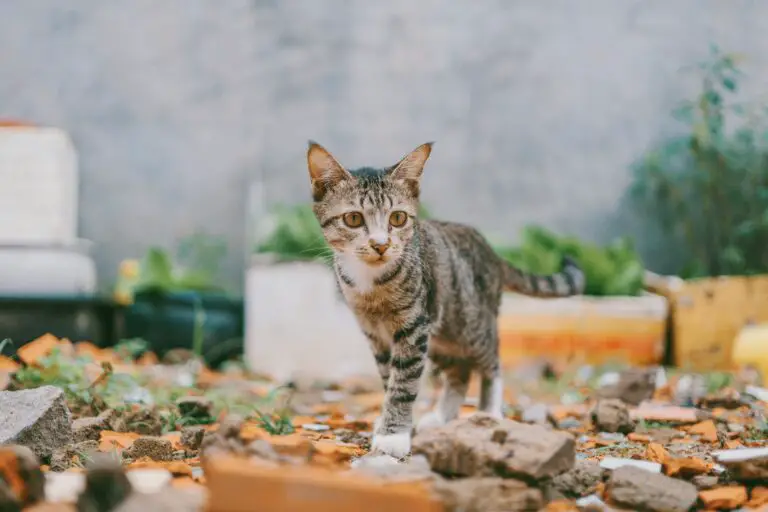
The allure of spider plants is undeniable—these ribbon-like greens not only make a striking hanging display but are also known for their remarkable ability to purify the air. Their innocuous nature means Cleo can take an inquisitive nibble without any trip to the vet. And let’s face it, the sight of a spider plant swaying from the ceiling is an aesthetic treat!
For those looking to inject a tropical twist into their living space, the aptly named ‘parlor palm’ becomes a spotlight-stealing choice. It’s hard not to envision a warm, balmy breeze as this small yet splendid palm stands proudly, its fronds a testament to domesticated exotic charm—all while being completely harmless to your feline explorer.
Picturing a burst of foliage in your sunlit kitchen? Herbs like rosemary, basil, and thyme come to the rescue. Apart from their culinary wizardry, these aromatic wonders are a safe snacking paradise for cats. Picture little Luna leaping up to the windowsill to bask in the sun and occasionally graze on her personal herb garden.
Lastly, the African violet presents a pop of color that can light up any dim corner of your dwelling. These blooms aren’t just feast for human eyes; their soft, velvety petals are a texture Caboodle won’t resist—fortunately, they’re as safe as they are beautiful. Plus, who wouldn’t want a touch of botanical blush amidst the greenery?
Planting cat-friendly greens isn’t just a hobby, it’s a testament to the unconditional love we have for our furry family members. These varieties offer peace of mind and a snag-free environment where tails can swish and paws can pat without concern. So, go ahead, transform your urban jungle into a cat-approved oasis.
Community Insights: Cat Owner Experiences with Sedum
When it comes to feline safety and houseplants, the conversation never wilts. Among the greenery commonly queried by cat owners is the humble sedum plant. Is this succulent friend or foe to our whiskered companions? Let’s dig into the garden of community wisdom and unearth the stories of fellow cat owners who’ve navigated the terrain of sedum and pet safety.
Jackie from Jacksonville shares, “I’ve had my sedum collection for years, and my tabby, Sir Whiskers, has never given them a second glance. I think the texture doesn’t appeal to him. Still, I keep them out of reach because you never know!” It’s a sentiment echoed by many cat owners who prefer to play it safe rather than sorry.
Conversely, Dan from Denver had a different tale. “My curious kitten, Ziggy, decided to have a nibble on one of the sedum leaves. Scared the living daylights out of me! After a quick vet visit, Ziggy was given the all-clear. I’ve since learned that sedum isn’t highly toxic, but better safe than ingested, I say!” Dan’s experience underlines the importance of monitoring our feline friends and the plants we allow in their exploration zones.
Interestingly, some have found a creative way to deter their cats. Maria from Montreal suggests, “My cats seemed too interested in my sedums, perhaps it was the way I displayed them in colorful pots. I sprinkled a bit of cayenne pepper around the plants – not on them – and it worked like a charm. The plants are safe, and so are my kitties!”
These vignettes from the cat-owning community spotlight the spectrum of experiences with sedums, ranging from indifference to mischief. It suggests a garden-variety truth: cats will be cats, and supervision is key. Whether your feline friend is a nibbler or merely a curious onlooker, keeping sedum plants out of paw’s reach might be the prudent path to peace of mind.
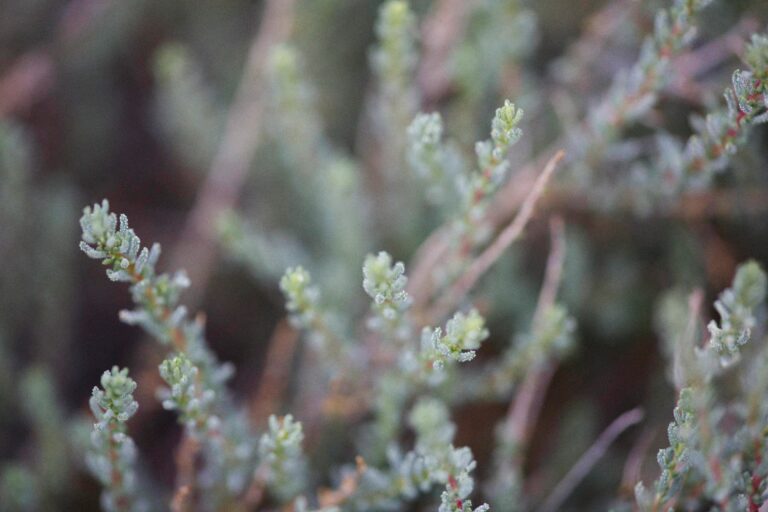
Frequently Asked Questions
As a caring cat owner, you’re always on the lookout for what’s best for your feline companions, especially when it comes to the greenery they may encounter around the home. Sedum plants, with their alluring succulent leaves and star-shaped flowers, might be the latest addition to your garden or windowsill, but the question lingers: Are sedum poisonous to cats? Let’s dig into the dirt and uncover some answers to your burning questions in a way that speaks directly to your concerns.
What Makes Sedum Plants Potentially Dangerous to Cats?
Imagine, your curious kitty is on a leisurely prowl through the garden, sniffing and pawing at the lush sedum plants. It’s true that some plants can be harmful to your pet, but when it comes to sedums, the danger is minimal. While not highly toxic, sedums do contain an irritant known as saponin. This substance, if ingested in large quantities, can cause mild gastrointestinal upset in cats, so it’s a good idea to keep a watchful eye on your adventurous fur baby.
How Can I Tell if My Cat Has Nibbled on a Sedum Plant?
You’ve spotted your feline friend munching on your sedum display. What’s next? Look out for signs of distress like vomiting, diarrhea, or excessive drooling. While these symptoms might set off alarm bells, take solace in knowing that severe reactions are rare. If you do notice these signs, though, a trip to the vet is the right course of action to ensure your cat’s safety and well-being.
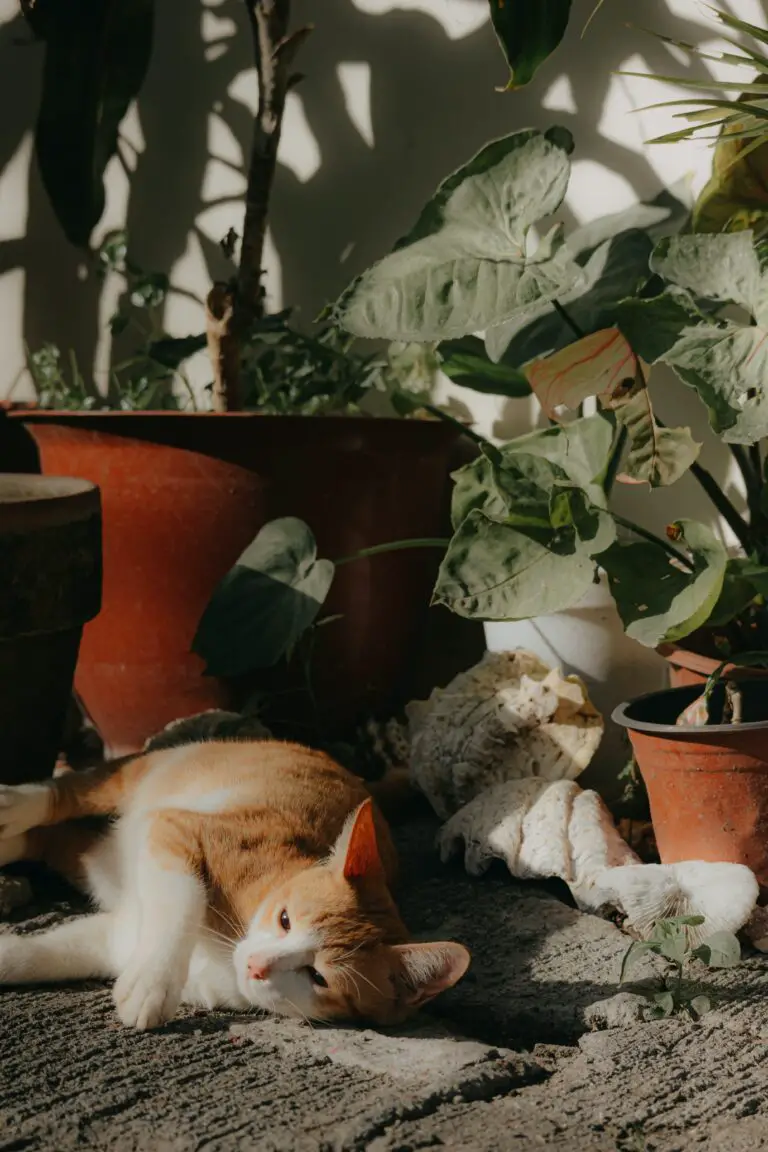
Prevention: Keeping Your Cats Safe Around Sedum Plants
Preventive measures trump treatment every time. Safeguard your whiskered friends by placing sedum plants out of reach or by creating deterrents such as citrus peels scattered around the plants, which most cats find off-putting. Incorporating cat-friendly plants that your feline can safely gnaw on can also distract from the sedums. Think of a strategic garden layout where your cat has its own corner of catnip or cat grass, away from the less friendly sedum species.
What Alternatives to Sedum Plants Can I Grow for a Cat-Friendly Garden?
If you decide that sedums aren’t the right fit for your pet-inclusive home, there are plenty of other options! Consider cultivating a patch of harmless plants that will keep both your green thumb and your cat pleased. Pet-safe plants like bamboo, African violets, and even certain herbs can introduce a vibrant, non-toxic element to your indoor or outdoor garden, giving peace of mind to you and a safe sniffing ground for your cat.
Conclusion
In conclusion, keeping your cats away from your sedum plants is a wise decision. Not all green is good for your feline friends, so be judicious in choosing household plants and vigilant in preventing your cats from ingesting them.
Frequently Asked Questions
Welcome to the green thumbs-out, paws-in guide on navigating the safety of sedum plants for your fluffy companions. It’s like a detective story, but instead of looking for clues, we’re rooting out truths in the garden of cat safety.
So, Are Sedum Plants Really a No-No for Cats?
Picture this: your tabby is tiptoeing through your succulent collection, and those plump, juicy leaves of the sedum plant catch their eye. Are they thinking snack time? Possibly. Should you be worried? Let’s put it this way – sedums are like the potato chips of the plant world to cats; a nibble here and there won’t send you dashing to the vet. However, too much can cause some tummy trouble thanks to a little thing called saponin. Stick around for the nitty-gritty on saponin and why keeping an eye on your cat’s greens intake is smart.
Help! My Cat Just Nibbled on Sedum, What Do I Look Out For?
Ah, you’ve caught your furry Sherlock in the act, face deep in the sedum patch. First, stay calm. After partaking in sedum salad, your cat might show signs of digestive discomfort like drooling more than a teething baby or decorating your carpet with today’s meals. While these symptoms can be alarming, serious cases are rare. If your four-legged detective has gone overboard on the greens, a vet visit is in order to ensure everything is A-okay.



Can I Keep My Cats and Sedums from Crossing Paths?
It’s easier than you think. Keeping your sedums sky-high on shelves or in hanging baskets not only adds a vertical pop to your decor but makes them cat-unfriendly zones. Alternatively, your gardenier instincts might inspire a clever plant diversion. Enter: cat grass! Create a feline-friendly foliage area that’ll keep their paws and jaws busy, away from the sedums. It’s all about making your garden a harmonious haven for all your living companions.
Are There Other Safe Plants I Can Grow Instead?
Looking for a botanical switch-up that won’t leave you fretting over your cat’s health? There’s a plethora of pet-safe plants just waiting to brighten up your home! Rosy African violets, an array of bamboos, or even a sprinkle of cat-friendly herbs can all be the stars of your indoor garden stage without causing harm to your curious pet detectives.



